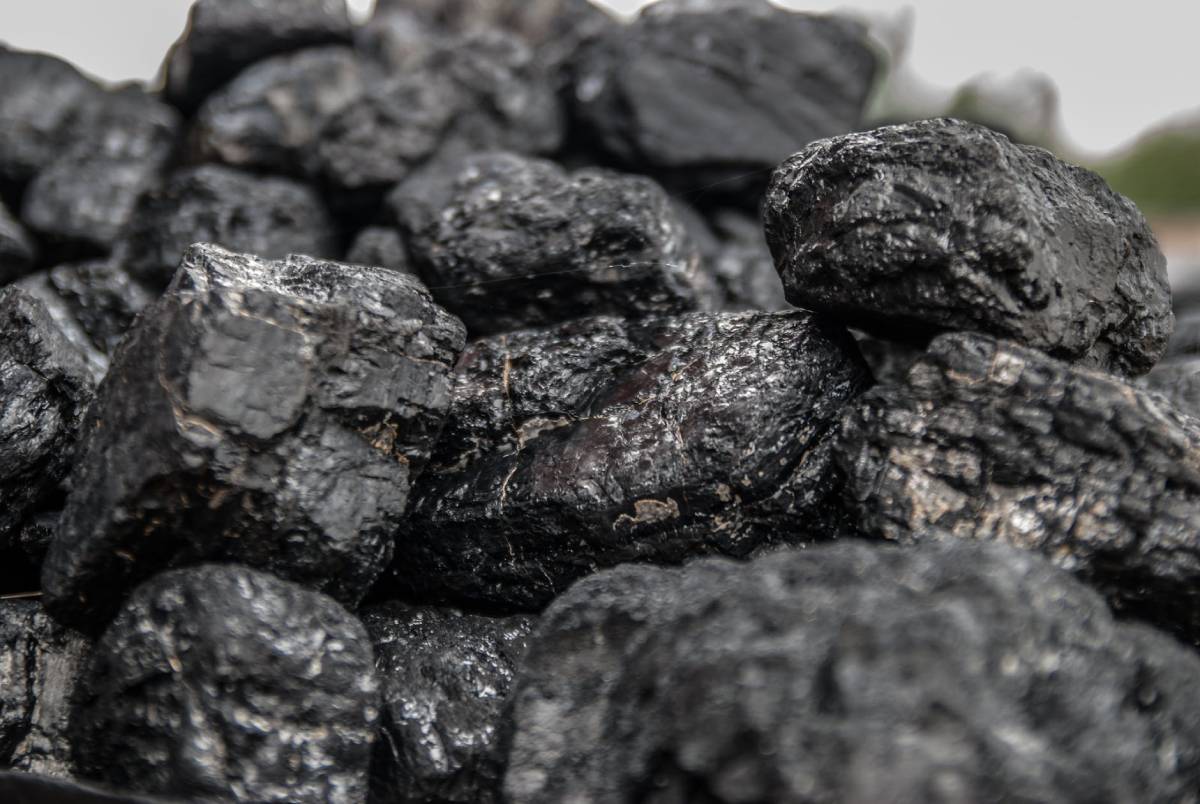What Is Petroleum Coke? And What Is It Petcoke Used For?

Table of Contents
What is Petroleum Coke?
Petroleum coke, often known as coke or petcoke, a final carbon-rich solid substance derived from oil refining. It is one of several types of cokes. Petcoke is a coke that comes from a final cracking process, a thermo-based chemical process that separates long-chain hydrocarbons into shorter chains in Coker units.
Coke is the “carbonization result of high-boiling hydrocarbon fractions produced in petroleum refining,” to put it. Petcoke is also made from bitumen collected from Canada’s oil sands and Mexico’s Orinoco oil sands to make synthetic crude oil.
So, What Exactly Is Petcoke, And How Does It Work?
When bitumen from tar sands, such as those found in Alberta, Canada, processed into crude oil, petcoke produced as a by-product. Bitumen has more carbon atoms than ordinary oil, and it is these atoms. They are use to make petcoke, which is separate from giant hydrocarbon molecules using heat.
Electrodes for the steel and aluminum industries may be made from high-grade petcoke, low in sulfur and heavy metals. However, the vast majority of petcoke produced worldwide (about 75-80 percent) is of more inferior quality, including more significant amounts of sulfur and heavy metals, and is primarily utilized as a fuel. The vast majority of petcoke produced in the United States sent to China, the world’s largest coal user, to fuel its numerous coal-fired power plants.
What Are The Dangers Of Petroleum Coke On Health?
A significant amount of fugitive dust from pet coke storage and handling activities is hazardous to one’s health. The EPA is especially worries about particles of a diameter of 10 micrometers or less (known as PM10) because these are the particles that pass through the throat and nose and into the lungs. These particles, when breathed, can harm the heart and lungs, resulting in significant health consequences. KCBX’s air quality monitoring equipment at its North and South sites continually detects 10 micrometers and smaller particulate matter concentrations.
Petroleum coke comprises 90% elemental carbon and 3% to 6% elemental sulfur, with the balance being hydrogen, oxygen, and nitrogen. Metals and chemical substances are also present in trace levels. While tiny quantities of hazardous compounds have been detected in petroleum coke, research on rats has revealed that the meaning has low toxicity and no indication of carcinogenicity.
Also Read: History of the Petroleum, Oil and Gas
Risks to the Environment from Petroleum Coke
The storage and burning of petcoke raise environmental problems. As petcoke process, by-products build, posing a waste management problem. The high silt content of petcoke (21.2%) raises the possibility of fugitive dust blowing away from petcoke mounds in solid winds. In the United States, an estimated 100 tons of petcoke fugitive dust, comprising PM10 and PM2.5, discharge into the sky each year. In Chicago, Detroit, and Green Bay, waste management and the discharge of fugitive dust are particularly problematic.
Petcoke has externalities that have the potential to harm the environment. By weight, petcoke contains 90% elemental carbon, which is transform to CO2 during burning. Petcoke use results in sulfur emissions and the possibility of water contamination from nickel and vanadium runoff during refining and storage.

